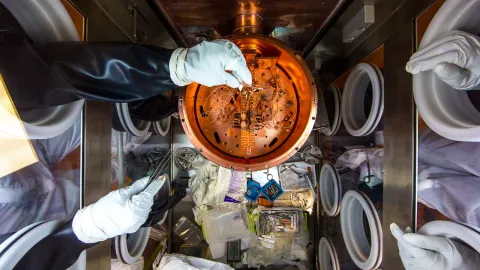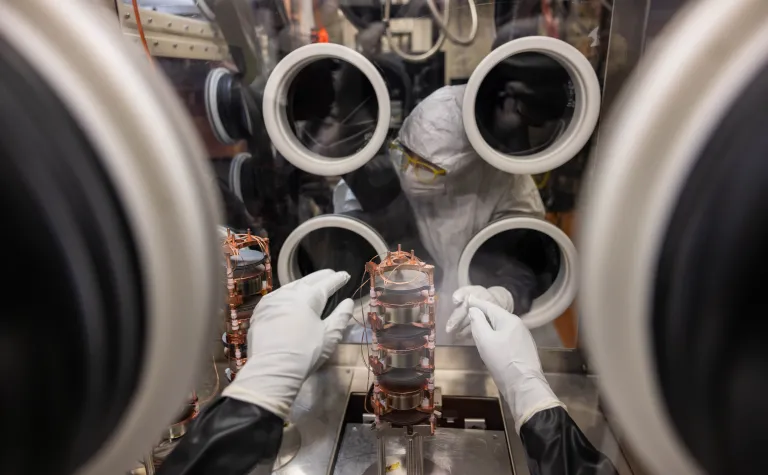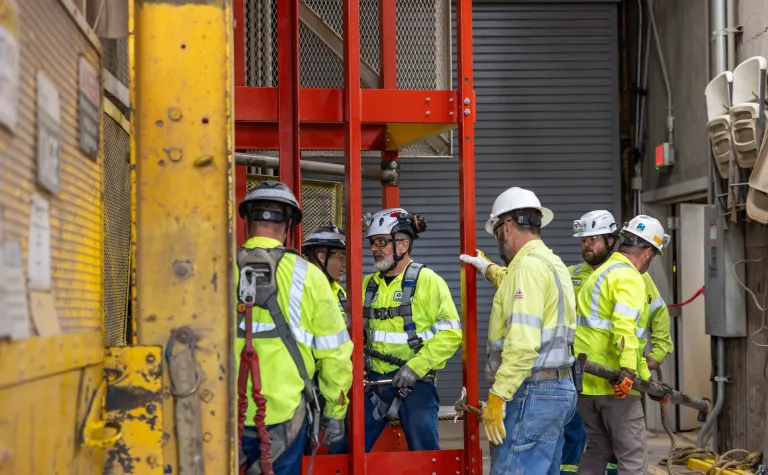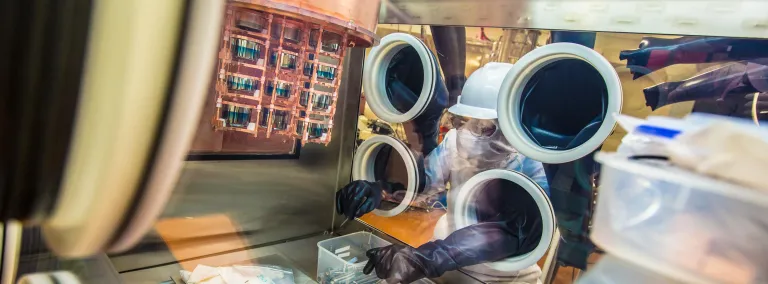
Majorana Demonstrator
Listening to the Universe
For nearly six years, the Majorana Demonstrator quietly listened to the Universe. Nearly a mile underground at the Sanford Underground Research Facility, the experiment used 44 kilograms of pure germanium crystals enclosed in deep-freeze cryostat modules—protected by lead shielding in a laboratory nearly a mile underground—to look for one of the rarest forms of radioactive decay: neutrinoless double-beta decay.
This experiment helped physicists investigate one of the most challenging and important questions in physics: Why is the Universe filled with something instead of nothing?
On Feb. 10, 2023, the Majorana Collaboration published their final results in Physical Review Letters. The final results proved that the techniques used by the collaboration could be deployed on a much larger scale to search for the rare, never-before-seen decay.
With 30 times more germanium than the current experiment, the ton-scale, called LEGEND (Large Enriched Germanium Experiment for Neutrinoless Double-Beta Decay), could more easily see the rare decay it seeks. The collaboration is partnering with GERDA (GERmanium Detector Array), a sister experiment located at Gran Sasso in Italy, and other researchers in the field.
This merger leverages public investments by combining the best technologies of each.
The science
The Majorana Demonstrator collaboration believed germanium was the best material to detect neutrinoless double-beta decay. During the decay process, two electrons are ejected in the germanium. The electrons ionize the germanium, creating a very specific amount of electric charge that can be measured with special equipment. If they discover it, it could tell us why matter—planets, stars, humans and everything else in the universe—exists.
The process is so rare, the slightest interference could render the experiment useless. That’s why it was built deep underground, using electroformed copper that never saw daylight. To achieve the quietest background possible, they built the experiment inside a glovebox in a class-1,000 cleanroom, then surrounded it with a six-layered shield.
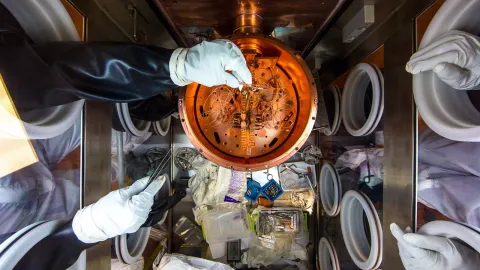
Growing copper
The first step to building this highly sensitive experiment is to use radiopure materials. Majorana used the purest copper in the world using a process called electroforming.
Copper nuggets were dissolved in acid baths to remove trace impurities. Then, an electric current was added causing the copper atoms to adhere to a stainless steel cylinder called a mandrel, growing to a thickness of about 5/8 of an inch over a 14 month-period. Once electroformed, the copper was taken to the world’s deepest clean machine shop to be machined into more than 5,000 parts.
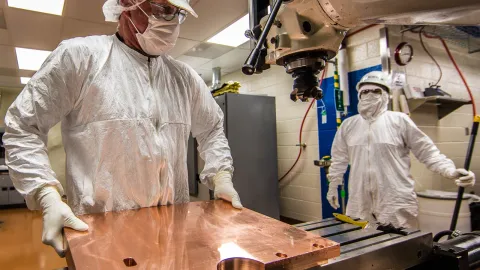
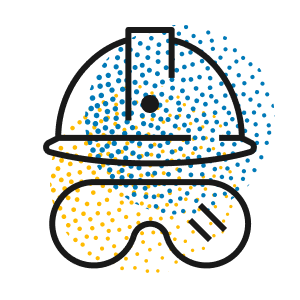
6,600 pounds
The amount of copper used in the Majorana Demonstrator Project
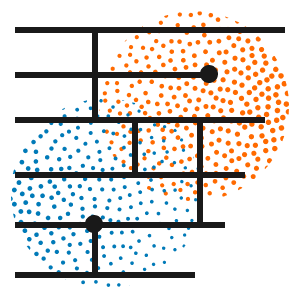
144,500 pounds
The weight of the six-layered shield surrounding the cryostats
Shielding the experiment
The Majorana Demonstrator shield was designed to keep out as much radiation as possible, with each layer getting progressively cleaner as it gets closer to the heart of the experiment. The outer layer is polyethylene, which slows neutrons. The second layer is scintillating plastic, which detects muons. The third layer is an aluminum radon enclosure that keeps out room air, while the fourth layer is made of lead bricks to block gamma rays. Finally, a rectangular box of ultrapure commercial copper surrounds the electroformed copper shield.
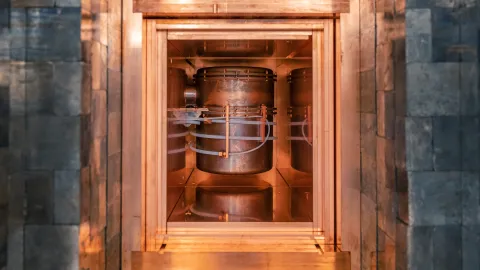
Assembling Majorana
Having the world’s cleanest copper isn’t enough if you can’t keep your experiment clean. That’s why the experiment was assembled deep underground in a nitrogen-filled glovebox housed in a class-1,000 cleanroom.
Scientists donned cleanroom garb—Tyvek suits, masks, hoods, special shoe coverings and two pairs of gloves, all to protect the experiment. Once fully garbed, they began assembling the strings of detectors that reside inside two cryostats. Each cryostat contained about seven strings of 4-5 germanium crystals.
